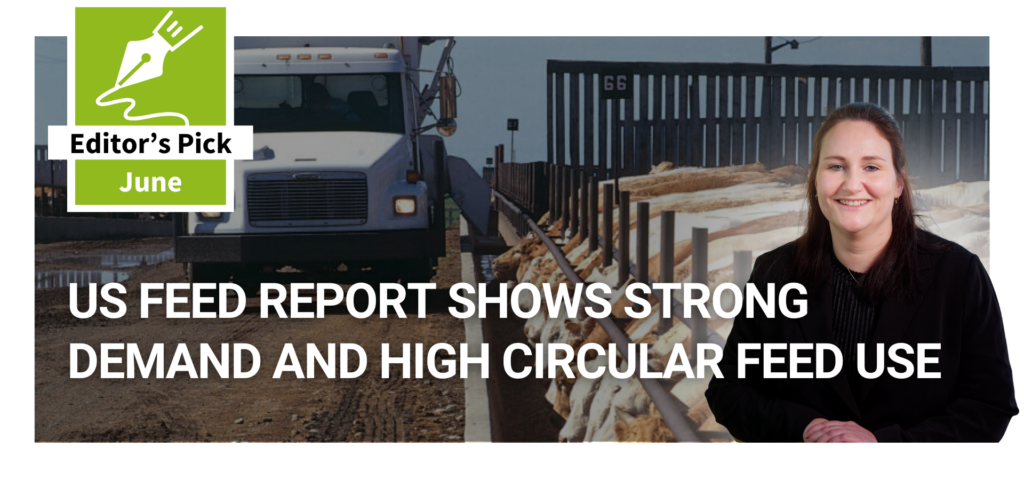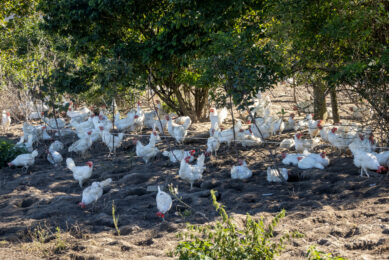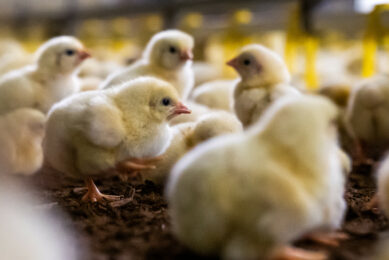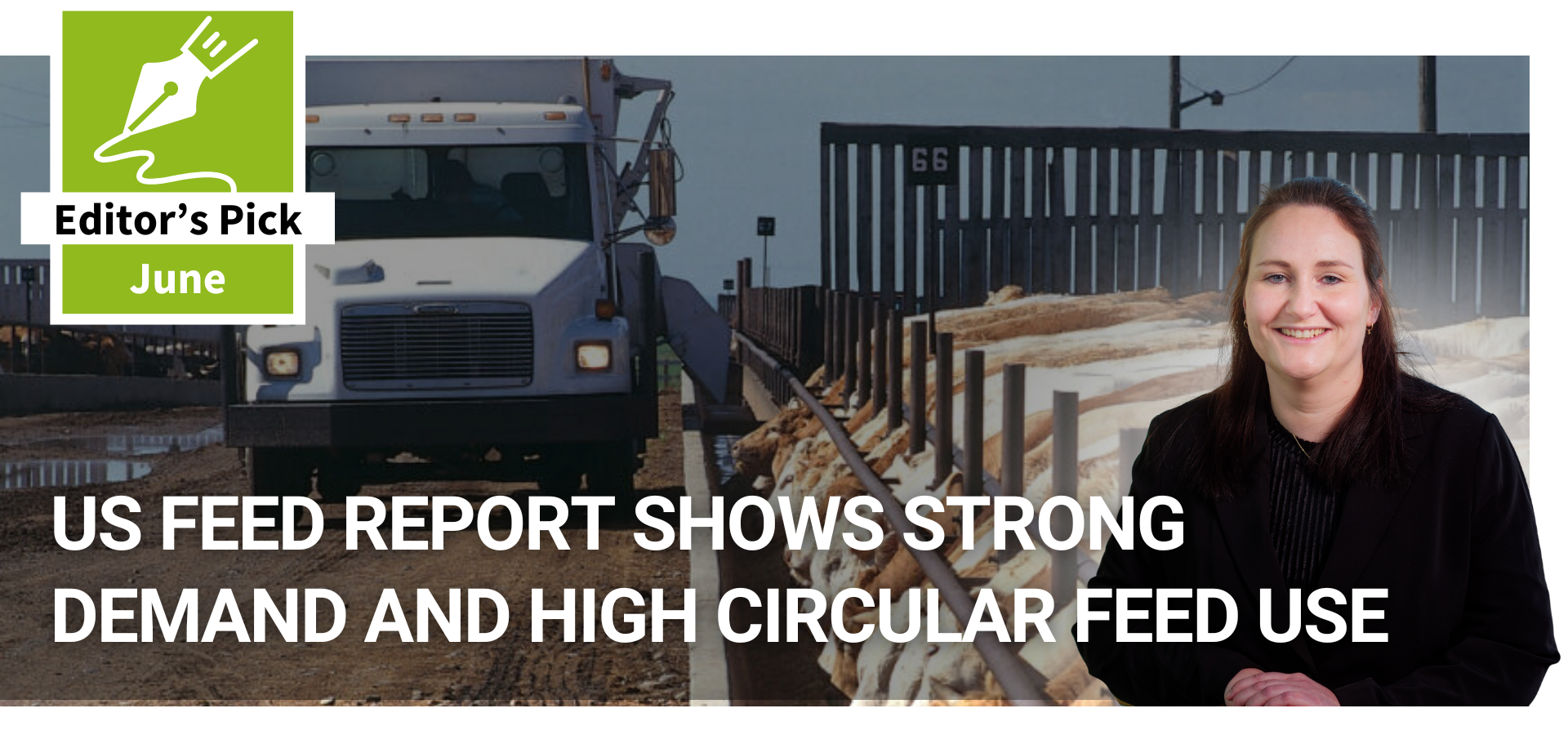High omega-3 Camelina in poultry feed
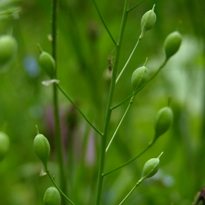
Research funded by the U.S. Poultry & Egg Association studied the high omega-3 fatty acid feed grain for poultry egg production as a high-quality, low-cost alternative to flax.
The approach used was to evaluate Camelina
sativa as the high omega-3 feed grain, testing the resultant omega-3
fatty acid content in the eggs produced. The cold-climate grain is similar to
canola, but significantly higher in omega-3 oils, antioxidants and protein. In
terms of production costs, camelina seeds have a distinct competitive edge over
the alternative sources of omega-3 fatty acids in feed including flax, fish
oils, fish byproduct and soybean.
sativa as the high omega-3 feed grain, testing the resultant omega-3
fatty acid content in the eggs produced. The cold-climate grain is similar to
canola, but significantly higher in omega-3 oils, antioxidants and protein. In
terms of production costs, camelina seeds have a distinct competitive edge over
the alternative sources of omega-3 fatty acids in feed including flax, fish
oils, fish byproduct and soybean.
Preliminary experiments feeding Camelina sativa to
laying hens demonstrated a high palatability of the seeds when fed as whole
seeds, however, the observed level of omega-3 in the eggs was small, which is
assumed to be due to poor digestion and absorption of the intact seed. Camelina meal was then used.
The eggs produced by the hens fed camelina meal were significantly higher in
omega-3 fatty acids, with 10 times the amount of omega-3 fatty acids compared to
feeding whole seeds.
laying hens demonstrated a high palatability of the seeds when fed as whole
seeds, however, the observed level of omega-3 in the eggs was small, which is
assumed to be due to poor digestion and absorption of the intact seed. Camelina meal was then used.
The eggs produced by the hens fed camelina meal were significantly higher in
omega-3 fatty acids, with 10 times the amount of omega-3 fatty acids compared to
feeding whole seeds.
Related links:
U.S. Poultry & Egg
Association



